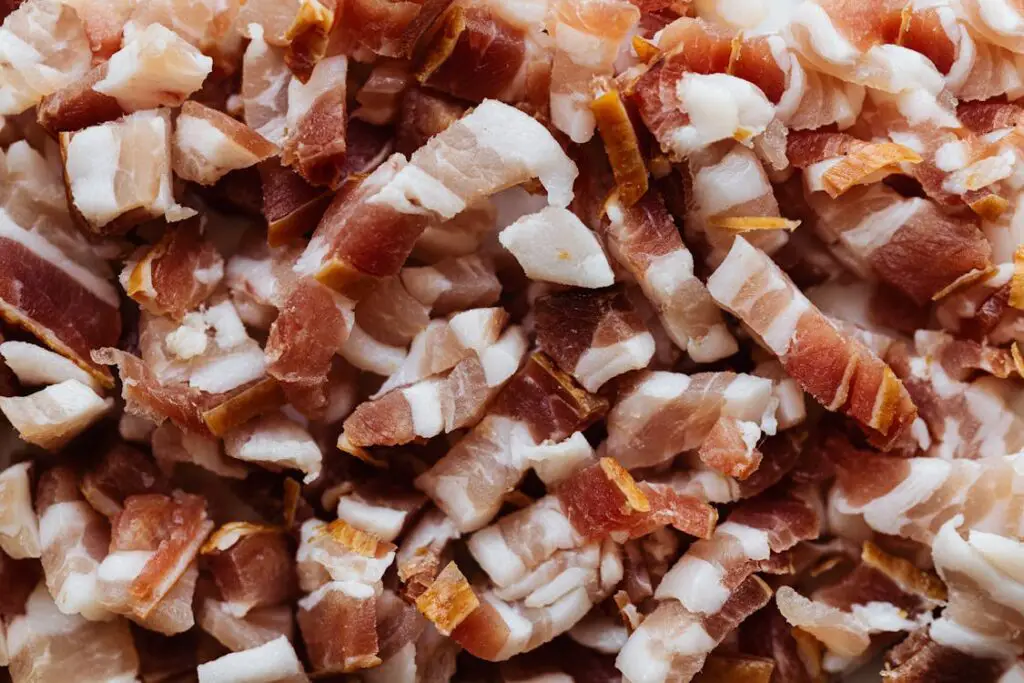Pork is the number one meat consumed in the world, as per the Food Safety and Inspection Service.
During the 70’s, however, the consumption of pork among Americans dropped due to their growing awareness of the need for a healthier lifestyle, and with that, opting for leaner meats.
When buying pork, it is of great importance to pay attention to its color, which ranges from pale pink to dark red.
Knowing how the color affects the quality of the meat can help you choose the best pieces.

As per the Animal Range Extension, high-quality pork has a bright, reddish-pink hue. This color suggest freshness.
Of course, the color also depends on the part of the animal. There are parts that include more blood vessels, such as the neck area, the shoulders, and the front legs, which leads the meat from these parts to be darker.
The parts with less blood vessels, including the loin, hind leg, and rump meat, have a lighter color.
If the pork has purple or dark red color, it may suggest that the pig wasn’t alive when slaughtered for its meat.
In case the animal was sick, there would be dark bruises due to blood clots when you cut through it.
If the color of the pork is slightly dark, it may refer that it is fresh and sold shortly after slaughter.
When the color is rather light, and there are signs of bubbling, be sure to know that the meat isn’t fresh, but has been injected with water in order to increase in weight.
When buying pork, opt for pieces with pink or bright red color. The nice white color of the fat is another indicator that the meat is fresh.
In case the color is not enough indicator of the freshness of the meat, the smell certainly is. Fresh pork has a faint fishy smell. If the odor is too strong, don’t buy it.
At the end, touch it. Good meat shouldn’t feel sticky, but slightly moistly.
Please SHARE this article with your family and friends on Facebook.
Bored Daddy
Love and Peace


